Contextual elegance: Malik Architecture unveils design for Radisson Lonavala
by Nikitha SunilDec 23, 2024
•make your fridays matter with a well-read weekend
by Aarthi MohanPublished on : Feb 03, 2025
What makes a retreat feel intrinsically connected to its environment? Desert Rock, a luxury hospitality architecture project by Oppenheim Architecture presents a vision rooted in the natural forms of the land. Tucked into the Hejaz Mountains of Saudi Arabia, the resort was conceived in collaboration with Red Sea Global, merging architectural innovation with a deep respect for the region’s rich history.
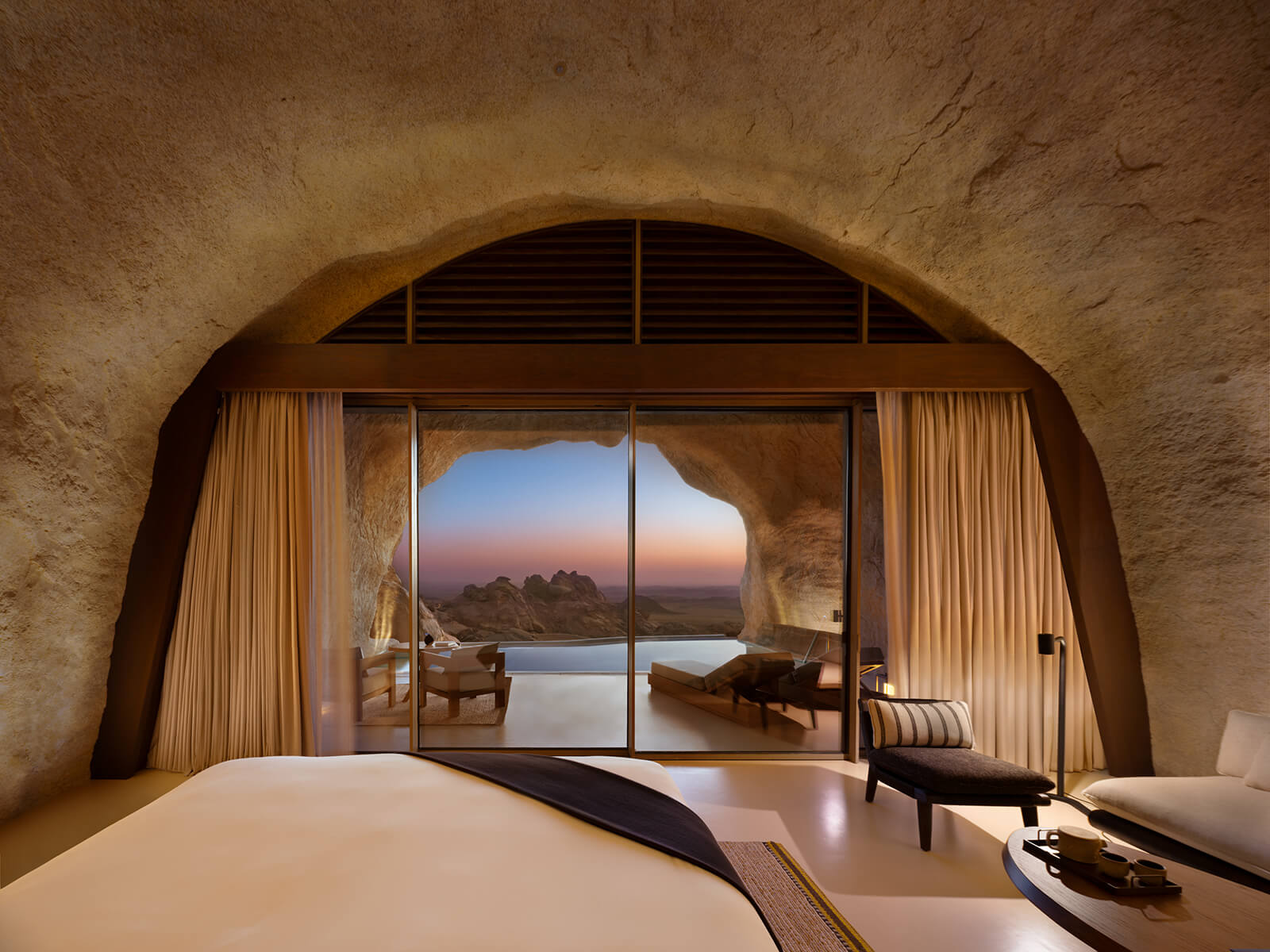
Carved directly into the ancient terrain, the resort design draws its inspiration from the Nabataean civilisation. Known for their rock-carved architecture and resourceful use of natural landscapes, the Nabataeans once flourished across the Arabian Peninsula. Their most famous site, Petra in Jordan, exemplifies their mastery of creating structures that harmonise with their surroundings. This legacy resonates in the hospitality design, where villas and suites are seamlessly embedded into the mountains, evoking a similar sense of timeless integration.
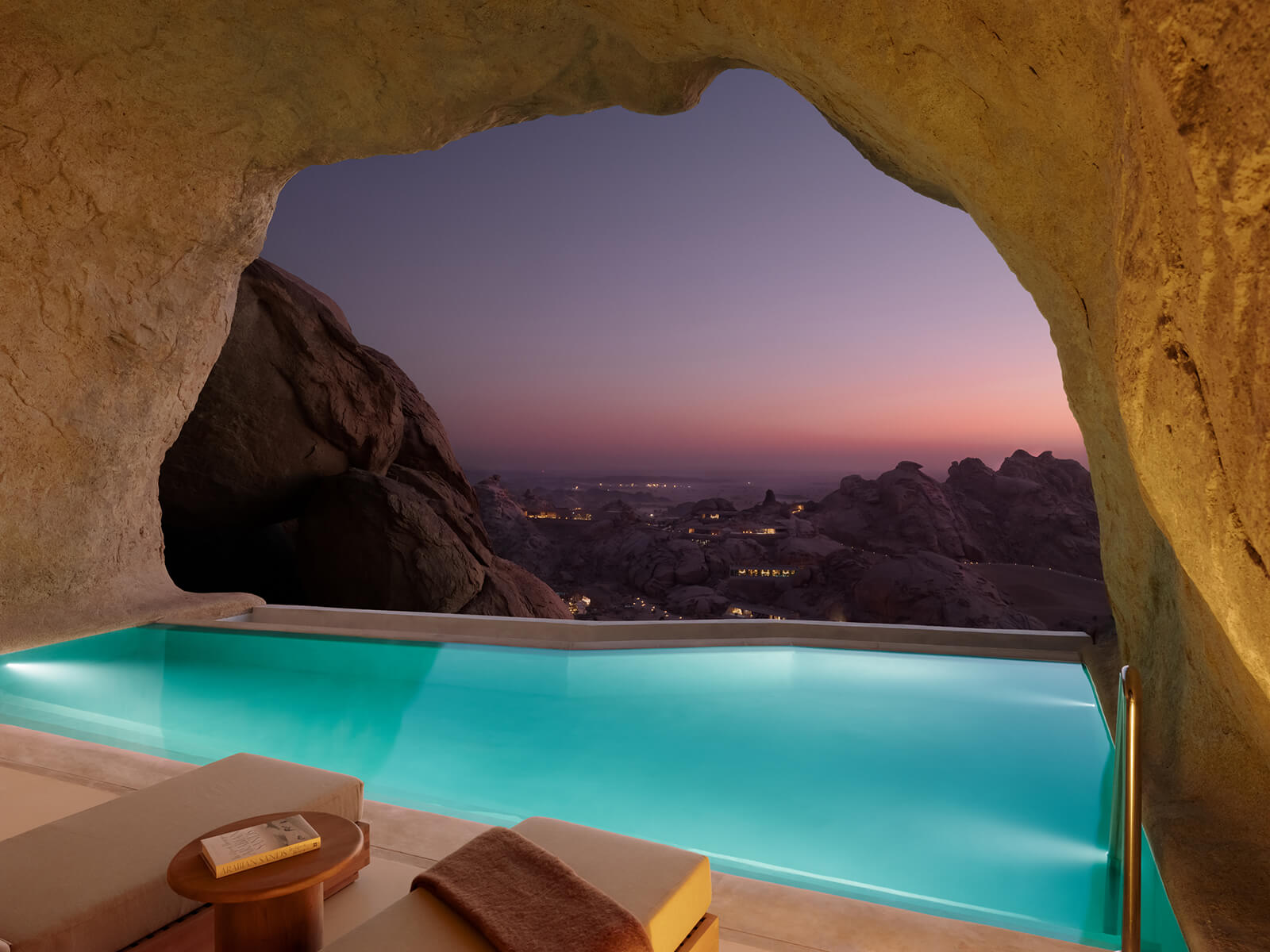
Visitors to Desert Rock enter through a concealed valley that gradually reveals a thoughtfully planned collection of facilities spanning 30,000 square metres. Each accommodation enhances the guest’s connection to the desert. The Wadi Villas offer private pool designs and expansive living spaces; the Cliff Hanging Villas perch high above the resort, affording dramatic views of the surrounding terrain. For those seeking seclusion, the Mountain Cave Suites and Mountain Crevice Villas provide intimate retreats, complete with Cliffside pools. At the heart of the valley, the Royal Villa offers a private sanctuary, embodying exclusivity and quiet luxury.
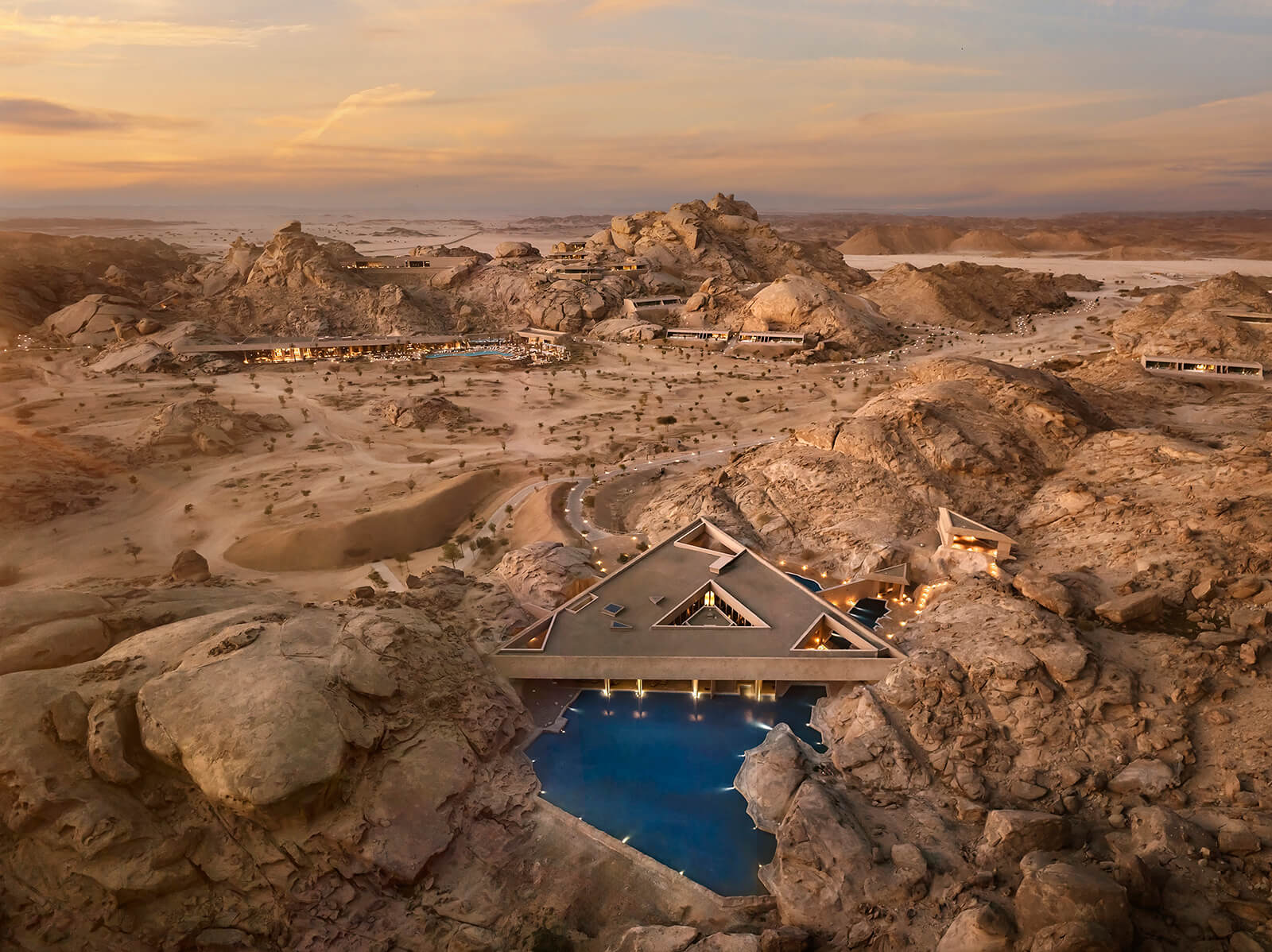
The mountains hold deep cultural and geographical importance in the Middle East. Historically, this region served as a critical crossroads for trade and pilgrimage routes enabling cultural exchange and shaping the diverse heritage of the country. By embedding the resort into this topography, it becomes part of an ongoing narrative that celebrates the area’s historical role as a meeting point of civilisations.
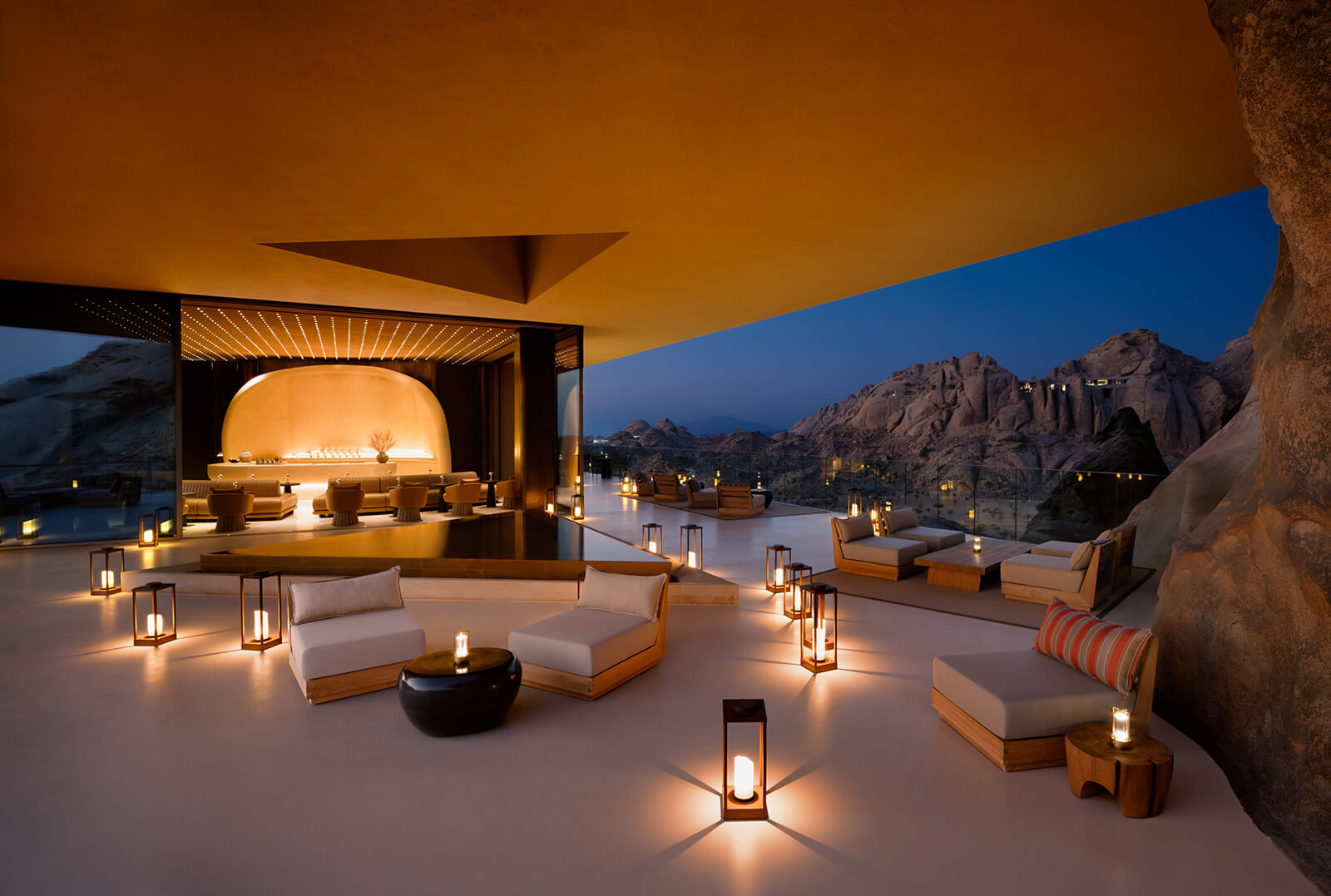
Sustainability anchors every aspect of the resort architecture. Materials excavated from the site were repurposed for construction, reducing waste and preserving the integrity of the landscape. Passive cooling systems and energy-efficient technologies ensure minimal environmental impact, while native plants reintroduce greenery to the desert, fostering a thriving ecosystem. These measures demonstrate the wellness retreat’s commitment to sustainable tourism, aligning with broader global efforts to mitigate ecological disruption.
Chad Oppenheim, founding principal of Oppenheim Architecture, mentions in the press release, "Desert Rock embodies our philosophy of connecting architecture to the spirit of place. By respecting and enhancing the natural environment, we have created a sanctuary that allows guests to experience the beauty and power of the landscape in deeply personal and meaningful ways.”
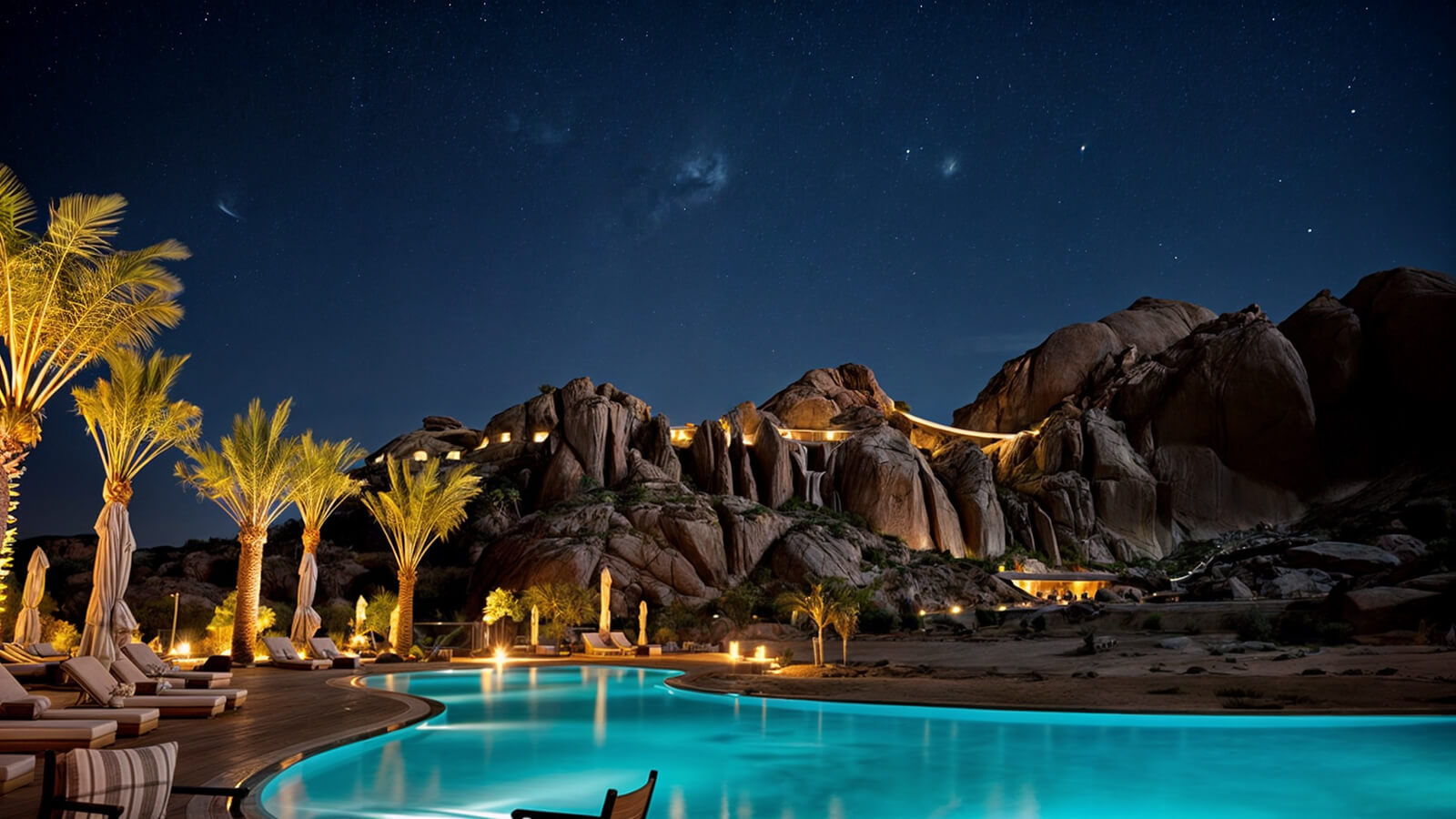
The Nabataean influence extends beyond architectural inspiration to reflect their ingenuity in engineering and eco-conscious design. Living in an arid climate, the Arabian desert dwellers developed advanced water management systems to harvest, store and distribute water efficiently. These innovations not only enabled their survival but also demonstrated a profound respect for the fragile ecosystem. The commercial architecture project channels this ethos by prioritising careful resource management, ensuring that luxury and environmental stewardship coexist.
Saudi Arabia is transforming architecture and tourism as part of its Vision 2030 initiative, which seeks to diversify the economy and position the nation as a cultural and global tourism hub. Projects such as Desert Rock, AlUla’s cultural developments and the ambitious NEOM city reflect this vision. These initiatives aim to balance heritage conservation with innovation, showcasing the country’s unique landscapes and histories while embracing modern design principles. However, they also raise questions about the long-term environmental and cultural impacts of large-scale developments, urging architects and planners to remain vigilant in their efforts to create sustainable and context-sensitive designs.
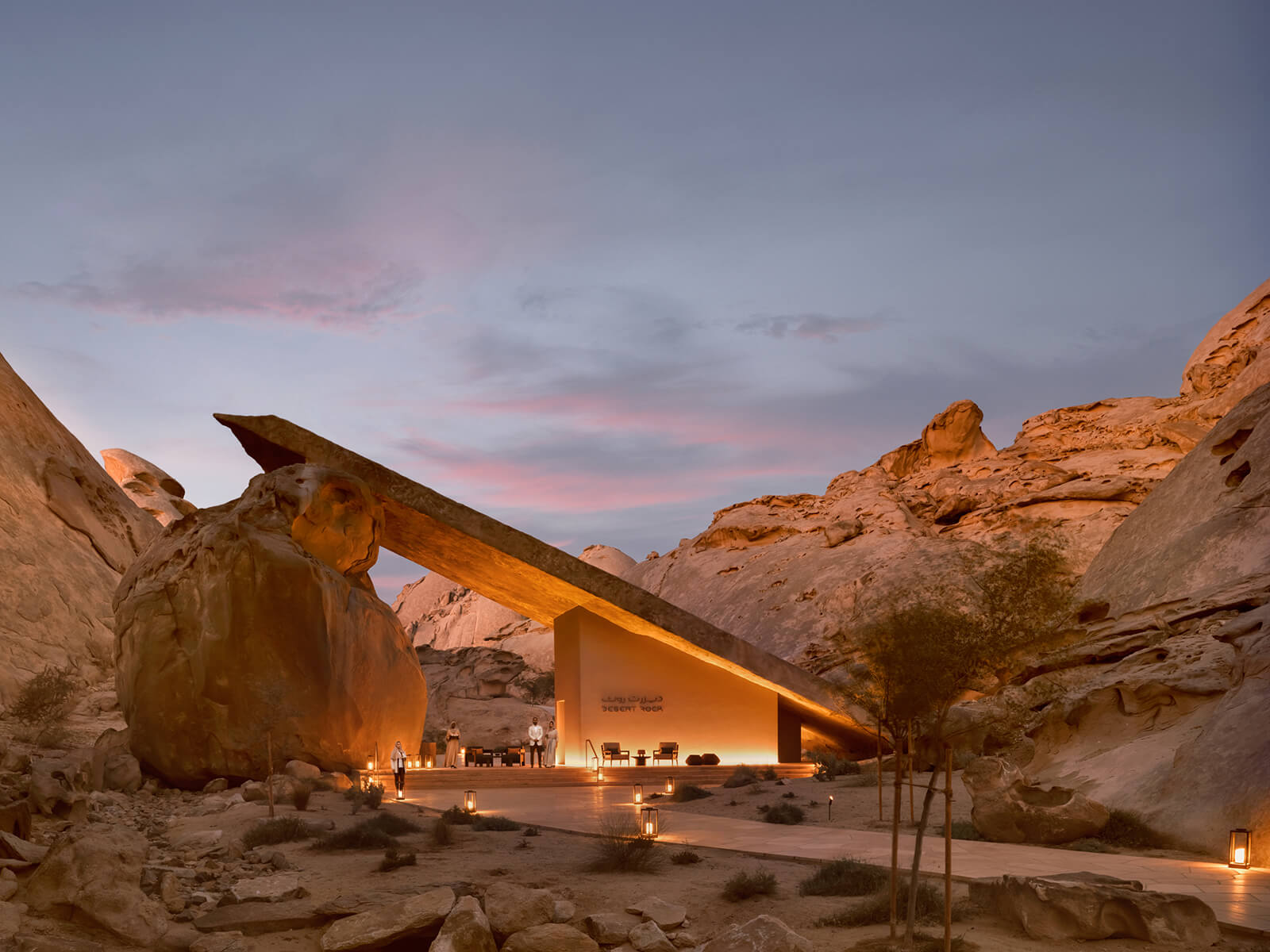
Desert Rock represents a growing trend in redefining luxury through site-specific immersive experiences. In an age of rapid environmental change, these projects offer a way to deepen connections with the natural world while highlighting the possibilities of sustainable design. By integrating historical, ecological and progressive considerations, Desert Rock provides a plan for how hospitality can evolve to meet the demands of a new era.
Oppenheim Architecture, with studios in Miami, Basel in Switzerland and Tirana, Albania has consistently championed designs that harmonise with their surroundings. Spanning over 25 countries, the firm’s portfolio includes hospitality, residential architecture and commercial projects that accentuate the human experience of place. Each project, including this hotel design, underscores the studio’s dedication to creating contemplative spaces that celebrate the interplay between nature and built environments.
The completion of the project coincides with the architectural practice’s 25th anniversary, marking a milestone in their ongoing exploration of how architecture can align with natural and cultural contexts. The resort shows a broader movement in contemporary design. By carving a retreat into the Hejaz Mountains, Desert Rock offers a vision of a future where architecture is not only responsive to its environment but actively enhances it.
by Mrinmayee Bhoot Oct 10, 2025
Earmarking the Biennale's culmination, STIR speaks to the team behind this year’s British Pavilion, notably a collaboration with Kenya, seeking to probe contentious colonial legacies.
by Sunena V Maju Oct 09, 2025
Under the artistic direction of Florencia Rodriguez, the sixth edition of the biennial reexamines the role of architecture in turbulent times, as both medium and metaphor.
by Jerry Elengical Oct 08, 2025
An exhibition about a demolished Metabolist icon examines how the relationship between design and lived experience can influence readings of present architectural fragments.
by Anushka Sharma Oct 06, 2025
An exploration of how historic wisdom can enrich contemporary living, the Chinese designer transforms a former Suzhou courtyard into a poetic retreat.
 surprise me!
surprise me!
make your fridays matter
SUBSCRIBEEnter your details to sign in
Don’t have an account?
Sign upOr you can sign in with
a single account for all
STIR platforms
All your bookmarks will be available across all your devices.
Stay STIRred
Already have an account?
Sign inOr you can sign up with
Tap on things that interests you.
Select the Conversation Category you would like to watch
Please enter your details and click submit.
Enter the 6-digit code sent at
Verification link sent to check your inbox or spam folder to complete sign up process



by Aarthi Mohan | Published on : Feb 03, 2025
What do you think?